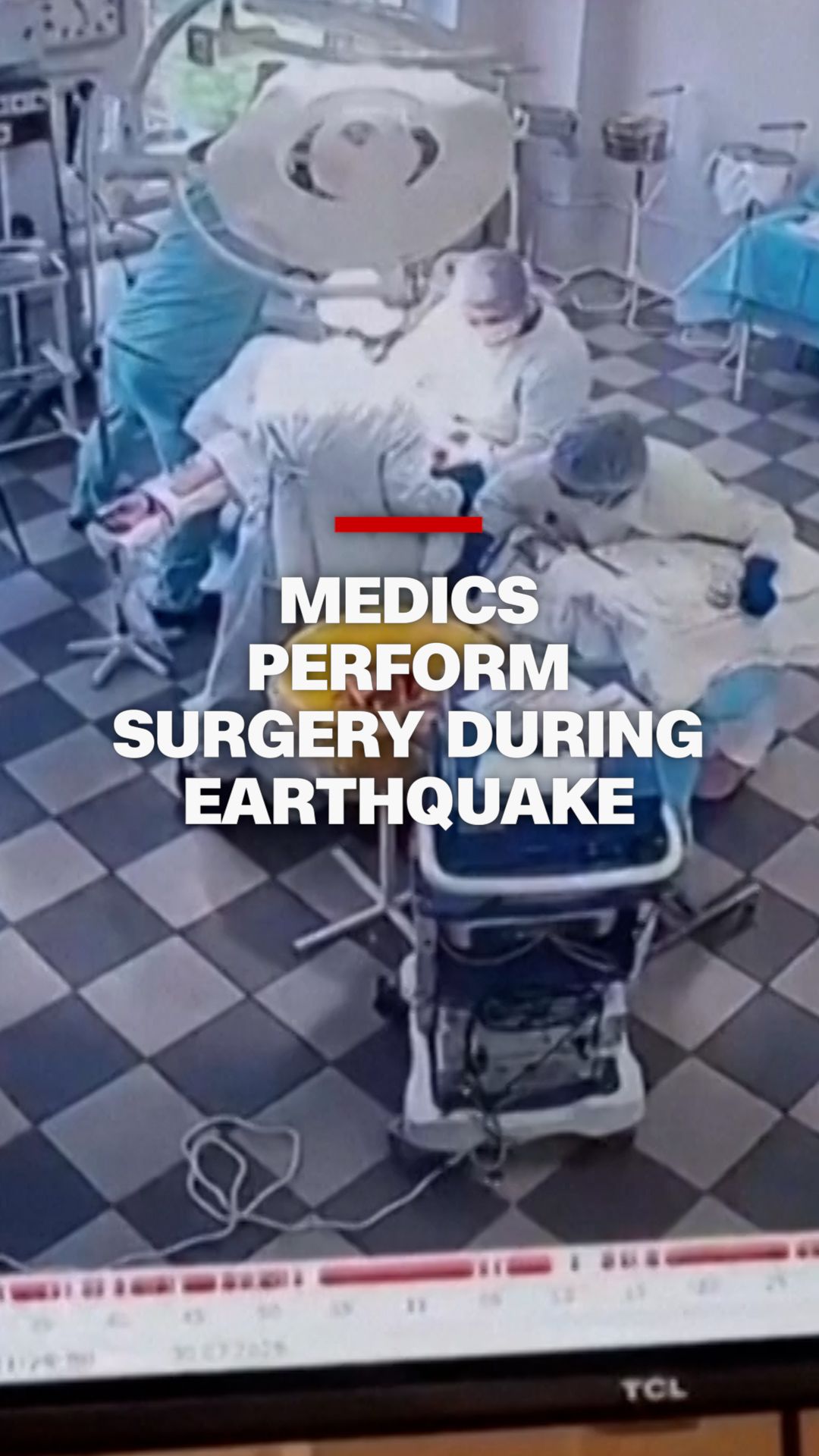What we covered here
• Improving conditions: The tsunami advisory for Hawaii has been lifted after a massive earthquake off Russia’s far eastern coast put the region on high alert. Tsunami warnings for the US coastline and Japan were downgraded to advisories earlier.
• Waves persist: A National Weather Service official urged people in the affected areas to stay cautious over the next 24 hours, as waves remain “pretty stubbornly persistent.” The tsunami’s first waves hit Japan, where nearly 2 million people were under evacuation advisories, and Russia. Overnight waves then reached US shores — including parts of Hawaii, California, Oregon, Washington, and Alaska.
• Historic quake: The massive 8.8 magnitude quake is tied for the sixth strongest ever recorded. There were no casualties in Russia, the Kremlin said.

















